Are you looking for a way to take your professional photography to the next level? Have you been eyeing up those stunning milk bath photos, but not sure how to create them yourself? If so, then look no further!
Milk creates a beautiful, creamy texture that can be used in all kinds of photoshoots. It also gives off a soft, dreamy look that will make your pictures stand out.
The key to creating a perfect milk bath is in the prep. You will need to consider the type of milk you wish to use, as well as how much and what kind of decorations you want to add. Once these decisions have been made, it’s time to get started!
In this blog post, we will be discussing the various steps and techniques needed in order to set up a milk bath that will bring out your subject’s ethereal beauty and help make them look like it just stepped off the pages of a magazine. Despite what it may seem at first glance, making a milk bath isn’t as daunting an endeavor as you might imagine; with patience and attention to detail, you’ll be able to capture perfect shots every single time. So join us now on our journey to learning all there is about creating magnificent milk baths!
What Is Milk Bath Photography?
Milk bath photography is a type of portraiture that involves submerging the subject in water and milk or other liquids [1]. This style of photography has become increasingly popular, especially among newborn and maternity photographers. Milk baths are unique and create an ethereal look that can’t be achieved with any other type of portrait photography.
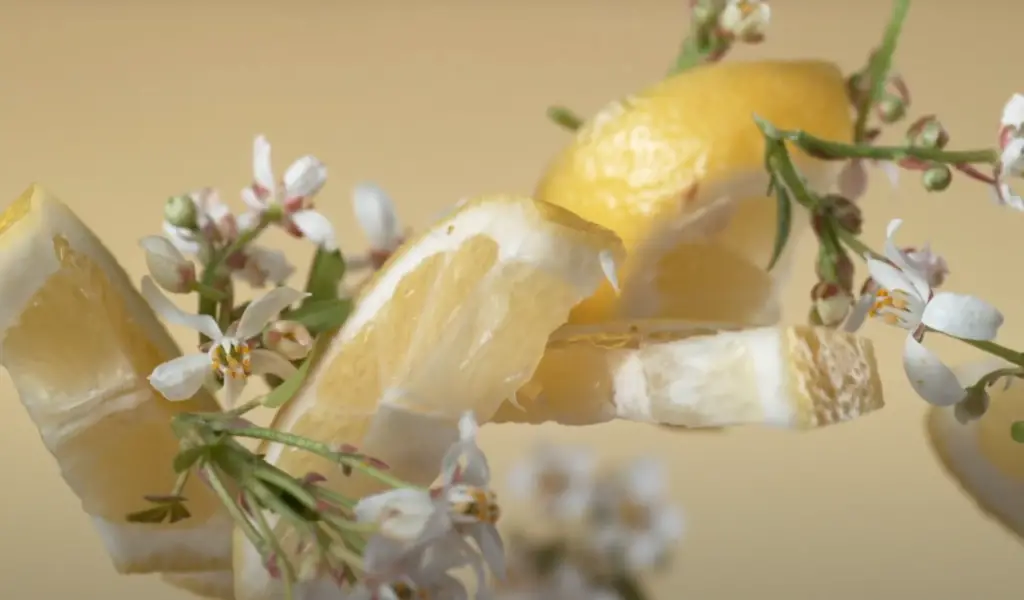
Benefits of Milk Bath Photography
The use of liquid mediums such as milk creates a soft diffused light effect that creates beautiful, dreamy images like no other.
When the natural sunlight passes through the liquid it gives off a subtle white glow around the edges of your subject’s face, arms, and legs creating a magical dramatic effect in your photos.
Another benefit to this form of photography is that you can create a look that is specific to the type of milk you use. For example, if you use almond or oat milk it will create a creamier and softer look than cow’s milk giving off an even more delicate appearance.
Also, milk baths are a great way to add unique and creative touches to your photos. You can use props such as flowers or floating candles, bubble baths, vibrant colors, or various types of milk to create stunning images that stand out from the crowd [2].
Best Props For Milk Bath Photography
1) Clothing & Accessories
- Flowy dresses: A milk bath isn’t complete without long, flowy dresses. Look for colors that will POP against the white background of the milk;
- Hair accessories: Crowns, tiaras, and floral headpieces are all great additions to a milk bath;
- Jewelry: Simple jewelry looks best in this type of photography so avoid anything too big or gaudy;
- Flowers & Other Natural Elements: Flowers do well as part of a milk bath scene. They add color and texture to your images. You can also include other natural elements such as feathers, succulents, and stones for an extra special touch;
2) Lighting
Lighting is key for any type of photography, and milk bath photography is no different. To get the best results, use natural light if possible. However, you can also use a softbox or other lighting equipment to achieve your desired look. Make sure that the light source is behind the subject so that it creates a beautiful rim light effect. This will make your photos look stunning [3]!
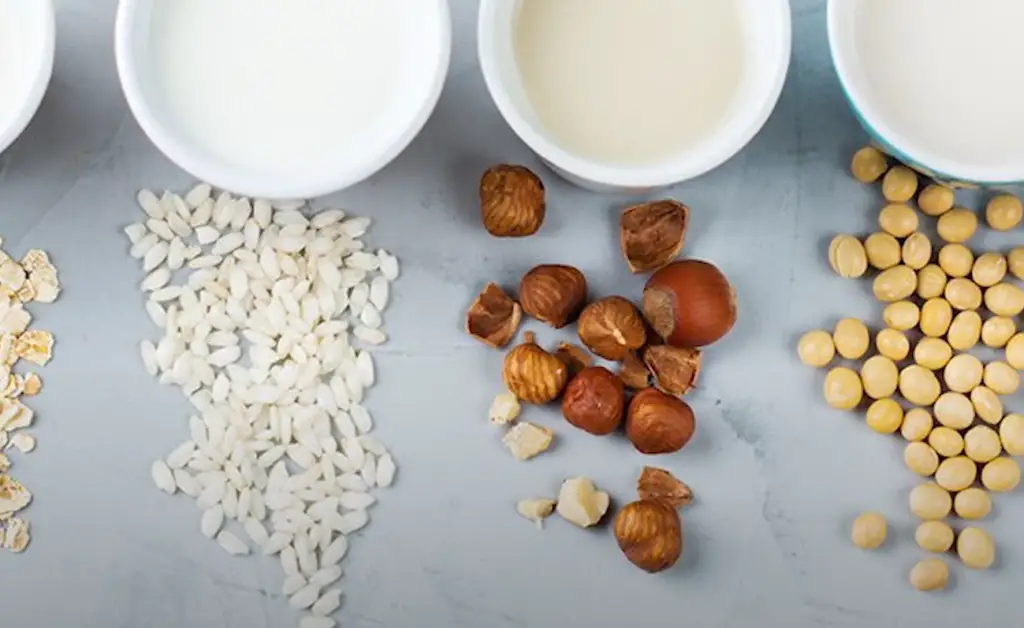
How To Set Up A Milk Bath?
The setup for a milk bath is relatively simple and doesn’t require many items. You’ll need:
- A large tub or container to hold the water and milk mixture;
- Milk (can be any kind from cow’s milk, coconut, almond, etc.);
- Fresh flowers, leaves, or petals as props;
- Access to natural light such as a window or patio door;
How Do You Make A Milk Bath For Photography
- Gather the Supplies: You will need milk, a shallow container, bath salts or herbs, and petals for decoration purposes;
- Set Up the Bath: Fill up the shallow container with enough milk to reach about waist height. Add your desired decorations such as bath salts, herbs, or petals to enhance the look of the bath;
- Prepare Your Subject: Take some time to arrange your subject in a comfortable position on top of the milk. Ensure that they are completely submerged in it and all their details will be visible in the shot;
- Shoot Away: Time to get creative! Take different shots using various camera angles and lighting sources until you’re happy with the results;
- Clean Up: Once you’re done taking photos, be sure to clean up the milk bath carefully and dispose of it responsibly [4];
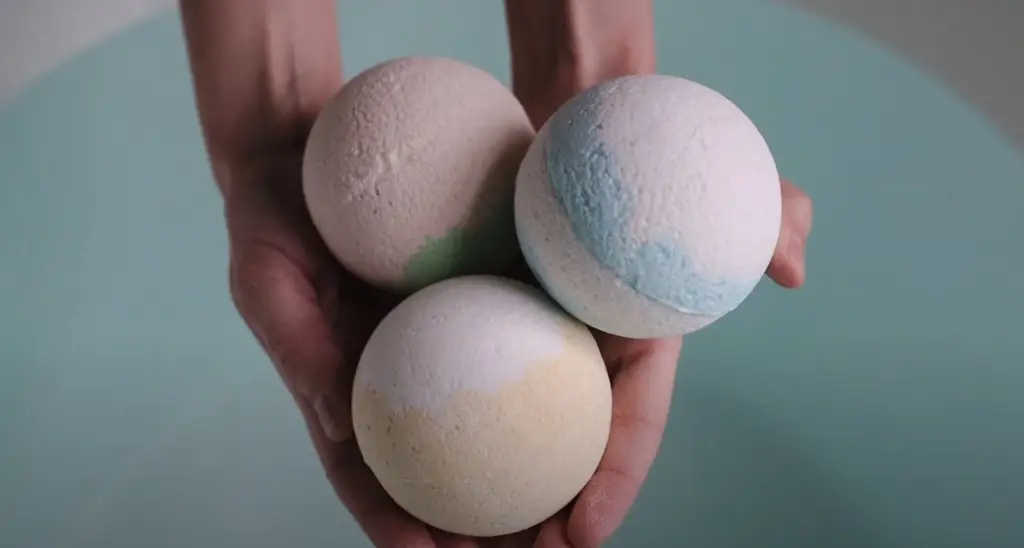
Milk Bath Maternity Photos
Maternity photos are a beautiful way to remember the special time before your baby arrives. A milk bath maternity photo shoot is especially magical and can be quite easy to recreate with a few simple elements.
Here’s how you make a milk bath for photography:
- First, prepare your set-up by filling an oversized tub or vessel with enough warm water to support your model without submerging them;
- Then, add 4 gallons of whole milk (or coconut milk) per every gallon of water in the tub. The more milk you use, the thicker and richer the texture will be once it blends with the water;
- Finally, choose interesting props like flowers or balloons to float around in the bath as part of your photo composition;
Milk Bath Baby Photos
When your baby arrives, capture the beauty of his or her first few moments with a milk bath photo shoot! Milk baths are incredibly soothing and peaceful for newborns, and they make a perfect backdrop for stunning photography.
Here’s how you make a milk bath for photography:
- Start by filling an oversized tub or vessel with enough warm water to support your infant without submerging them;
- Then, add 2 gallons of whole milk (or coconut milk) per every gallon of water in the tub. To keep your little one comfortable and safe during the photo shoot, make sure the water temperature is between 90-95 degrees Fahrenheit;
- Finally, choose interesting props like flowers or stuffed animals to float around in the bath as part of your photo composition;
Regardless of whether you’re taking maternity or newborn photos, a milk bath is sure to create stunning and timeless memories.
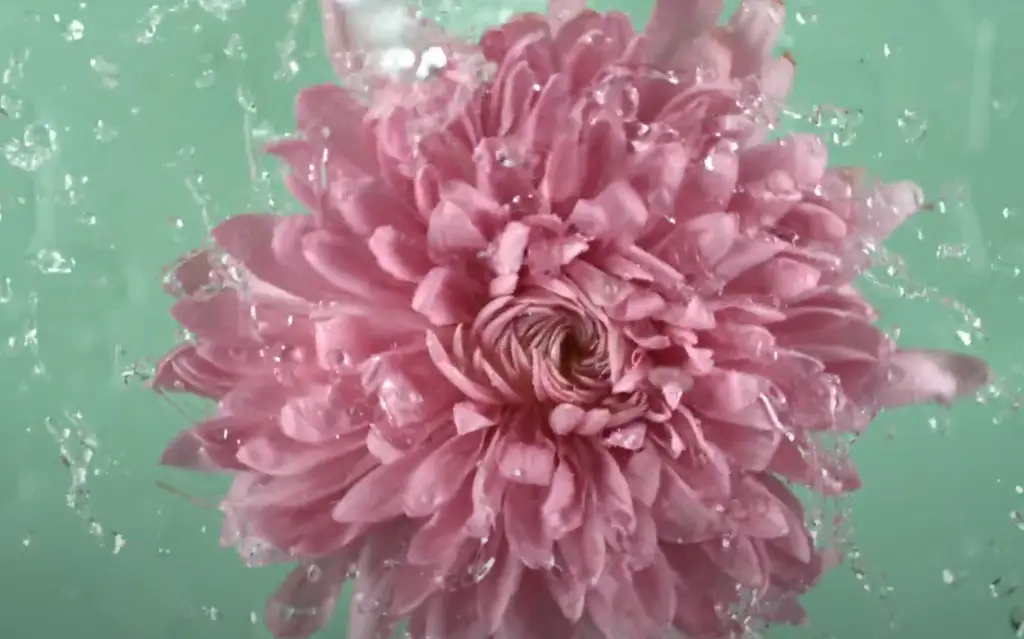
Milk Bath Photography Tips
Plan Ahead
Planning is essential when it comes to milk bath photography. Make sure you have everything you need before starting, like a tank with enough room for your model and the right amount of liquid (usually half-full) and props.
Choose the Right Milk
The type of milk you use can really affect how your photos look. Use a full-fat, organic product -either cow’s or goat’s milk – to get a creamy texture and color. Soy, almond or other plant milk doesn’t always create quite the same effect.
Lighting Matters
Good lighting is key for any kind of photography but it’s especially important for creating dramatic images in a milk bath shoot. Natural light can work great, or you can use a ring light to create a soft and flattering glow.
Set the Mood
Adding some romantic props to your milk bath setup creates an intimate and dreamy atmosphere. Flowers, candles, blankets, and fabrics are all nice touches that will make your photos look even more beautiful [5].
Don’t Forget to Safety
Safety should always be at the top of your list when it comes to photography. Make sure the tank is secure, check for any sharp edges on the sides, and use non-slip mats on the bottom if needed. You also want to make sure that everyone involved in the shoot is comfortable – this includes both models and photographers!
Keep Everything Safe
Cleanup is just as important as setting up your milk bath correctly. Before you start shooting, place a few towels or rags around the tank to make sure that any splashes are contained and don’t get on people or furniture. Cleaning up after the shoot is also essential – empty the tank, clean it out thoroughly and dispose of any used materials properly.
Offer A Variety Of Milk Bath Shots
Make sure to capture a variety of shots during the milk bath photography shoot. Get close-ups of your model’s face and torso as well as wider angles that show the whole setup.
Be Aware Of The Color Palette
When shooting in a milk bath, be aware of the color palette you’re working with. The white of the milk can easily be washed out by bright colors, so keep this in mind when choosing props and outfits. Soft tones look best against the gentle backdrop of a milk bath.

Add Essential Oils
Adding essential oils to the milk is a great way to add some extra magic and flare to your photos. The scent of the oil will also give your shots an added layer of depth and interest. Just be sure to use only a few drops – too much oil can make your images look murky.
Bring Different Focal Lengths
Having a variety of lenses on hand can help you capture different types of images in your milk bath photography shoot. A wide-angle lens is great for shooting the entire setup, while longer focal lengths let you zoom in and focus on just one aspect of the photo.
Play With Light
Milk bath photography is all about playing with light and shadows. Move around your lighting sources or add some reflectors to create interesting effects that make your photos stand out. You can also experiment with different shutter speeds to capture different kinds of motion in the milk.
Create Magical Moments
Remember to have fun! Milk bath photography is all about creating beautiful, dreamy images that evoke emotion and tell a story. Take your time and let yourself be creative – these magical moments will make for some truly stunning photos!
Change Your Point Of View
Don’t be afraid to change your point of view. Try shooting from different angles and distances to capture the beauty of the milk bath in new and exciting ways. Don’t be scared to think outside the box – you never know what kind of amazing images you might create!
Add Movement
Adding movement to your milk bath photography can give your shots a unique, ethereal look. You can do this by having the model move around in the tank or even by stirring up the milk with a spoon. Experiment with different movements and speeds for some truly mesmerizing photos.
Go Minimal And Use Negative Space
When it comes to styling your milk bath photoshoot, less can truly be more. Especially when you’re using a shallow bathtub or pail and only a few inches of liquid, negative space is your friend!
Negative space gives the eye room to rest without feeling overwhelmed by too many props. Use the natural beauty of the model’s body and skin to become part of the composition (especially if they are nude). Keep any extra elements within the scene simple and minimal so as not to take away from the main focus.
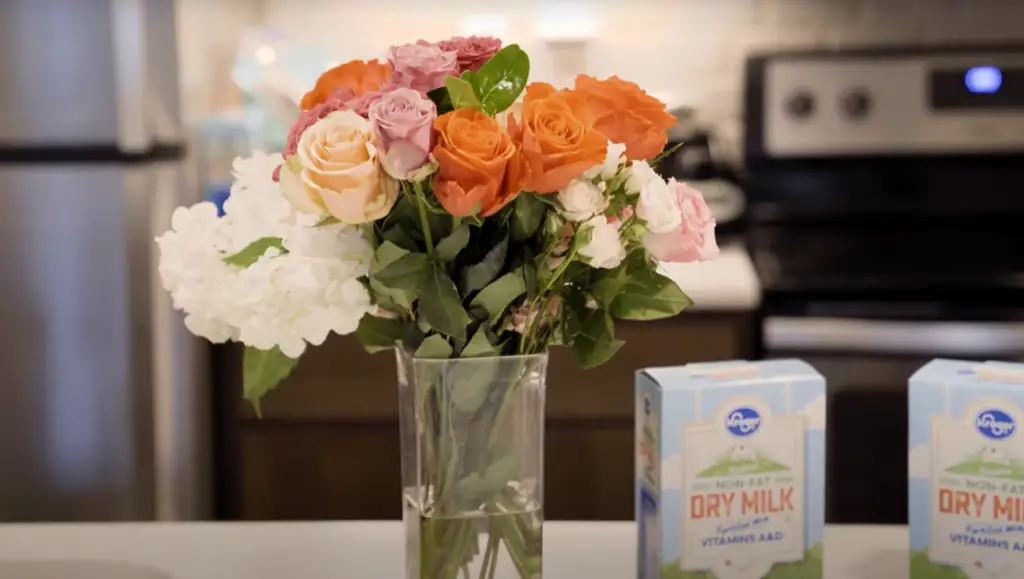
Try Nude Photography
Nude photography can be a beautiful, intimate way to capture the human form in its natural state. By using milk instead of water, you get that unique hazy effect and a bit of modesty for your model. To ensure everyone’s comfort level is respected, make sure your model is comfortable with nudity in the shoot and that proper precautions are taken (such as keeping their privacy by not posting images on public platforms).
Color The Milk Bath
If you’re feeling adventurous, try adding color to your milk bath! Adding food coloring or natural dyes (such as extracts from beets or blueberries) to the milk can give your images a unique touch and make them stand out. Just make sure not to add too much dye at once, as it might stain the model’s skin. Experiment by mixing colors until you find the perfect hue for your shoot!
Access To Warm Water
Because milk is a dairy product, it needs to be kept at a certain temperature in order for the photoshoot to go smoothly. Make sure you have access to warm water so that you can refresh the bath periodically if needed. This will help keep your model’s skin from getting too cold and uncomfortable.
Choose The Right Gear
When it comes time to take the photos, make sure you have the right gear for the job! Choose a camera body with good low-light capabilities and consider using an underwater housing if you’re going all out with a full-sized bathtub. You’ll also need lenses that won’t fog up while submerged and long exposure settings so you can capture those dreamy milky shots [6].

Dry Clothes And Floors
The last thing you want is to slip on a wet floor or have your model shiver in wet clothes after the shoot. To avoid this, make sure to provide plenty of towels and dry robes for everyone involved, as well as an absorbent mat or tarp for floors. This will help keep everyone safe and comfortable!
Avoid Flowers With Dirt, Pollen, Or Thorns
When adding props to the scene, make sure to choose something that won’t hurt your model. Avoid flowers with dirt, pollen, or thorns as these can cause skin irritations. Opt for fresh blooms that are free from any blemishes and place them in a safe spot away from the milk bath (as their color may run into the liquid).
Post-Shoot Care Tips
After you’ve finished shooting in the milk bath, take some time to care for your model and props.
For props, use mild soap and warm water to clean and dry them off before storing them. This will help ensure that all of your items remain in good condition for future shoots!
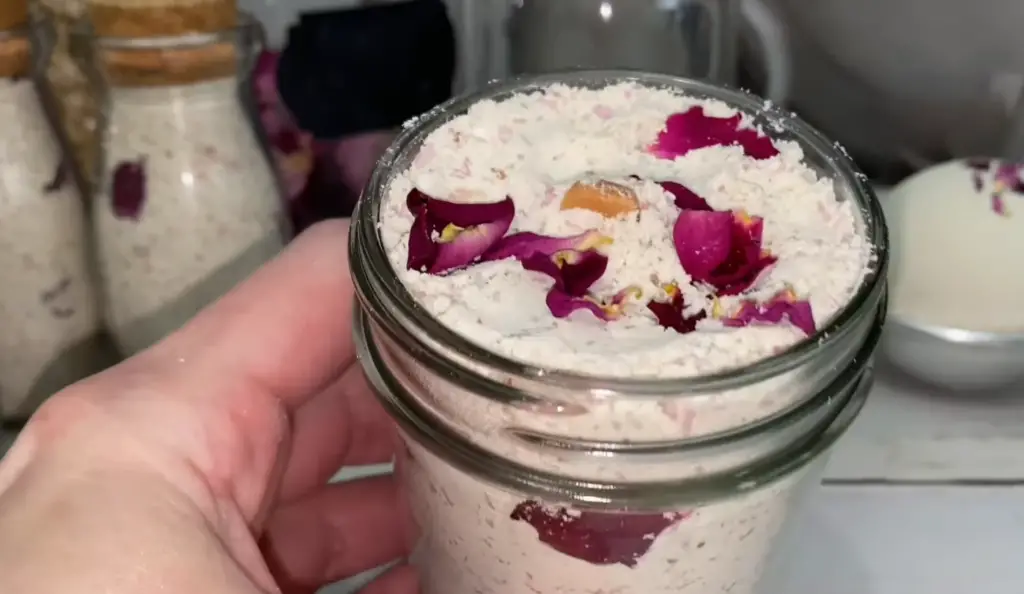
FAQ
What do you put in a milk bath for photography?
For a milk bath for photography, you will need to fill your tub or bowl with warm water and then add 3-4 gallons of full-fat milk [7]. You can also add bubble baths, food coloring, lavender essential oils, rose petals, or other decorations for additional effect. It is important to use full-fat milk as it creates a thicker consistency that helps create the beautiful imagery associated with milk baths. Once everything has been mixed together you are ready to start shooting!
How much milk do you need for a milk bath photoshoot?
The amount of milk needed for a milk bath photoshoot will depend on the size of your tub or bowl. Generally, it is recommended to use 3-4 gallons of full-fat milk when creating a milk bath. This should be enough to fill the tub with at least 2 inches of liquid [8].
Can you use any kind of milk for a milk bath?
No, it is important to use full-fat milk when making a milk bath as this creates a thicker consistency that helps create the beautiful imagery associated with these types of shoots. Low-fat and skim milk will not produce the same effect, so it is important to make sure you are using full-fat milk when setting up your shoot.
How do you do a milk bath photoshoot without milk?
If you do not have access to full-fat milk or would just like to try something a bit different, there are other options that can be used in place of milk. You can use plain white fabric dye mixed with warm water to create a milky-looking bath. Additionally, using a mixture of powdered almonds and cornstarch with warm water will also produce a similar effect.
Are there any health risks associated with doing a milk bath photoshoot?
Yes, there is always the possibility of contamination when dealing with liquids as these types of shoots involve soaking your subject in them for an extended period of time. It is important to take proper safety precautions such as cleaning all surfaces before and after each shoot, using distilled water, and changing out the liquid after every shoot.
Additionally, it is important to make sure all subjects are properly hydrated throughout the shoot and take breaks in between shots.
What else can you use for a milk bath photoshoot?
In addition to full-fat milk, you can also add bubble baths, food coloring, lavender essential oils, rose petals, or other decorations to create unique effects. You can also use plain white fabric dye mixed with warm water to create a milky-looking bath or a mixture of powdered almonds and cornstarch with warm water as an alternative. Additionally, adding floating candles or other props such as flowers or jewelry can help enhance your final images.
What are the best ingredients for a milk bath?
The best ingredients for a milk bath are full-fat milk, bubble baths, essential oils, food coloring, and other decorations. It is important to rinse off your subject after the photoshoot as there is always a risk of contamination when dealing with liquids.
What lens is best for milk bath photography?
A 50mm lens is usually recommended for shooting these types of photos as it produces a nice blurry background effect.
How long should a milk bath last?
Milk baths should be kept relatively short as they can become uncomfortable if done for too long – 10-20 minutes is usually enough time to get the desired effect.
How do you make a foaming milk bath?
Foaming milk baths are a great way to add a dramatic effect to your photoshoot. To achieve this effect, mix together 1/2 cup of whole milk with 1/4 teaspoon of liquid soap and gently stir until foamy. You can then pour the mixture into your bathtub or bowl and start shooting! Make sure to rinse off your subject afterward.
What is the best lighting for milk bath photography?
Soft, diffused lighting works best when shooting milk baths as it helps create beautiful imagery without harsh shadows or glare. Natural light from an open window is usually ideal but you can also use studio lights if necessary. Using reflectors or diffusers can also help create a softer light.
How do you capture motion in a milk bath?
To create motion within your milk bath, use a powerful fan pointed at the surface of the liquid. This will create ripples and waves that can add an interesting dynamic to your shots. Additionally, you can have your subject move around in the bath or alternatively, use a slow shutter speed on your camera to capture movement. To reduce blurriness and ensure sharp images, try using a tripod for added stability during shooting.
Can you use leftover milk for a milk bath?
No, it is not recommended to use leftover milk for a milk bath due to the risk of contamination or spoilage. Milk that has been sitting out for more than 2 hours should not be used in a milk bath and needs to be discarded instead. It’s best to purchase fresh, organic whole milk and any other ingredients (e.g., essential oils) you may wish to add to your milk bath prior to beginning the preparation process.
Why do you put cornstarch in a milk bath?
Cornstarch is typically added to a milk bath as it helps to give the liquid a thicker, creamier consistency. This creates an optimal texture for when you are photographing in the bath, as it provides better adhesion and clinginess of the ingredients on your skin. Cornstarch also gives the bath a more luxurious feel by providing some slip and glide on your skin while in use. As with other ingredients added to a milk bath, you will want to make sure that any cornstarch used is fresh and organic.
Do you put soap in a milk bath?
Foaming milk baths can be created by adding dish soap or shampoo to the mixture before shooting. Leftover milk should not be used in a photoshoot, but powdered almonds and cornstarch work well as alternatives. Cornstarch is added to the mixture as it helps in creating a thicker consistency for the bath. Soap should not be used unless specifically asked for, as this can cause irritations or skin reactions on your subject’s skin.
Can you use 2% milk for a milk bath?
2% milk cannot create the same effect as full fat-milk, so it is best to avoid using it.
Do milk baths smell?
Milk baths do not have a strong odor, and can even leave your skin feeling soft and silky. However, if you are using fresh milk or cream in your milk bath then it can develop an off-putting smell if left for too long. To avoid this you should always aim to use a carton of UHT (Ultra High Temperature) milk as this has been heating treated to ensure that it does not spoil quickly.
Additionally, adding essential oils or fragrances such as vanilla extract will help to mask any odors and make the experience more pleasant. Finally, be sure to drain the water after use and keep the tub clean and dry – this will prevent any unwanted smells from lingering!
Are milk baths safe?
When using edible ingredients such as food coloring, make sure they are food-grade quality so that they are safe for consumption should anyone accidentally ingest them during the shooting session. Additionally, always remember safety first when working with an open flame or heat source around liquids like warm water and milk!
Useful Video: How to Make a Milk Bath for Photography by B&C Camera
References
- https://store.bandccamera.com/blogs/how-to/how-to-make-a-milk-bath-for-photography
- https://shotkit.com/milk-bath-photography/
- https://www.thebump.com/a/milk-bath-maternity-photos
- https://expertphotography.com/milk-bath-photography/
- https://petapixel.com/milk-bath-photography/
- https://www.huffpost.com/entry/whats-the-deal-with-milk-bath-maternity-photos_n_5af05ba8e4b0c4f19324b8f2
- https://www.rangefinderonline.com/news-features/tips-techniques/milk-bath-photography-8-tips-get-started/
- https://www.colesclassroom.com/the-comprehensive-guide-to-milk-bath-photography/





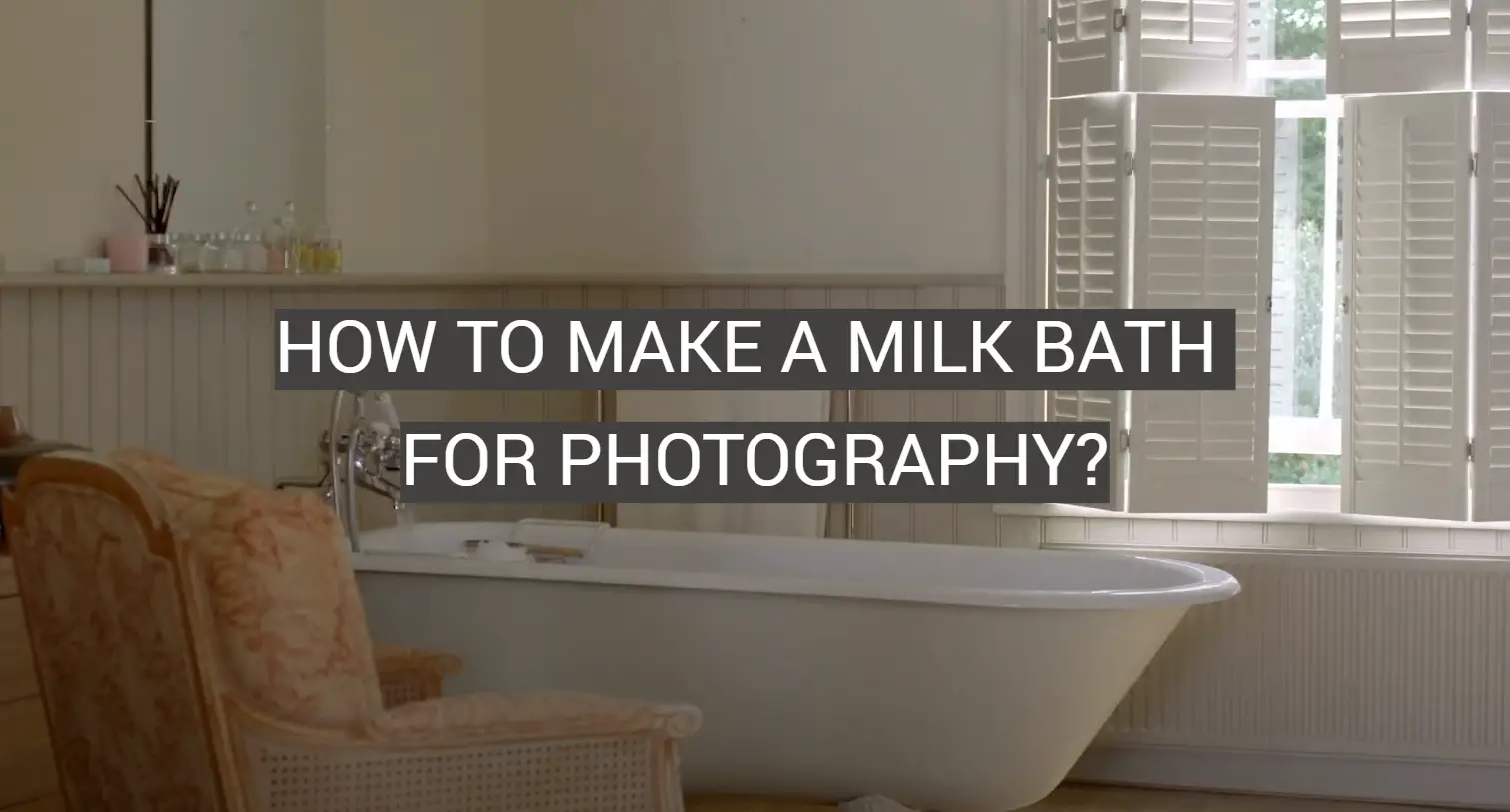






Leave a Reply